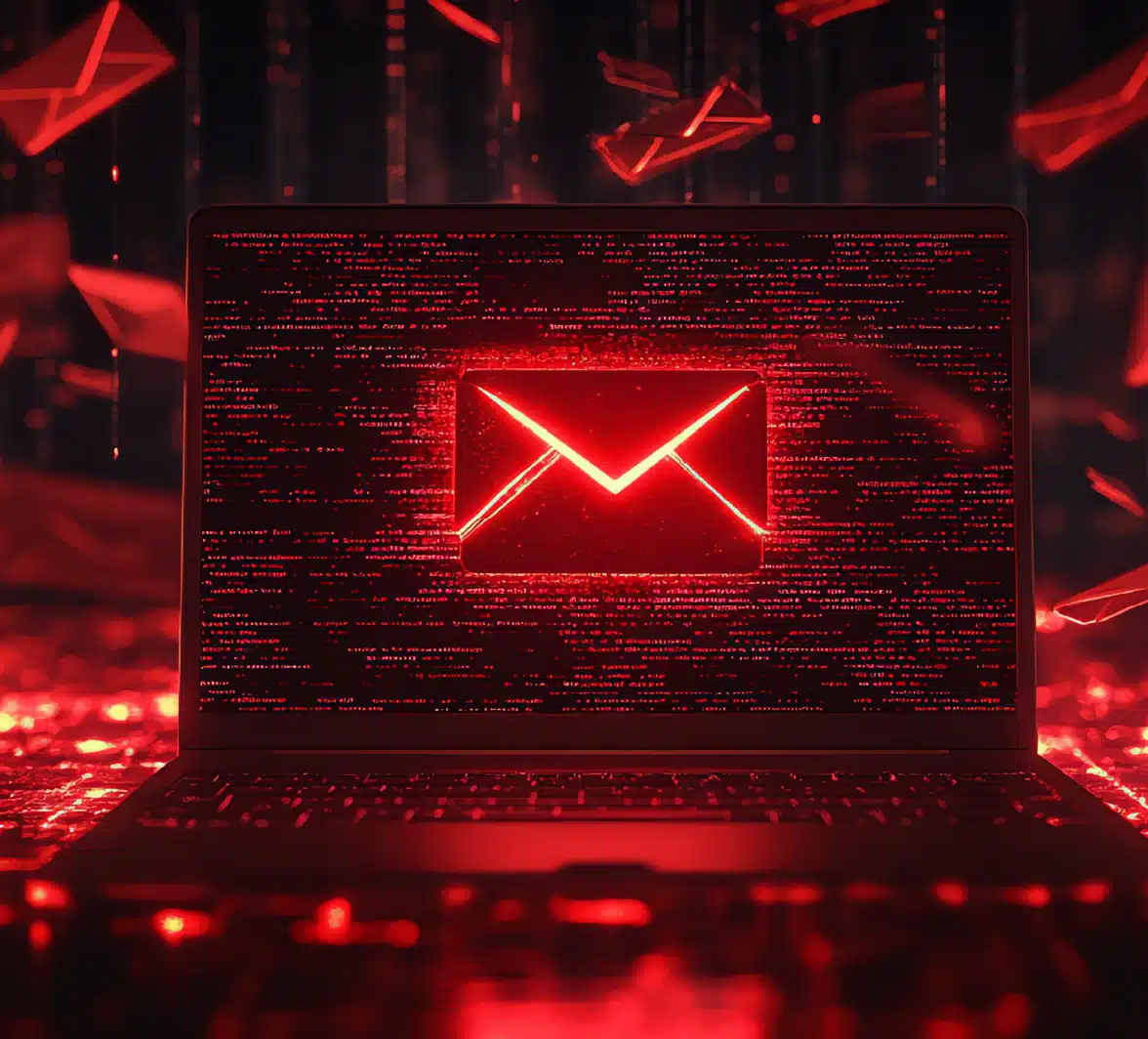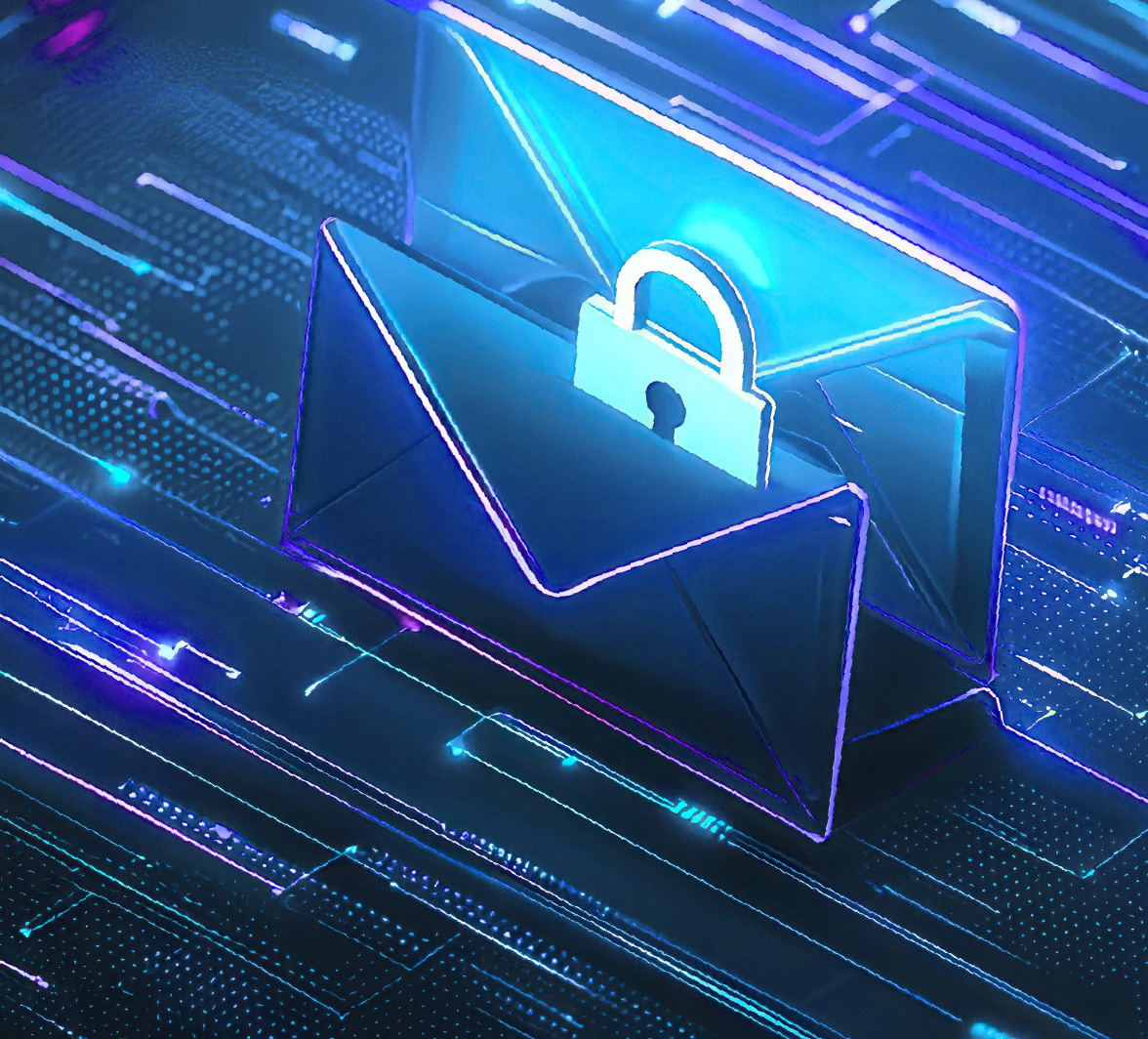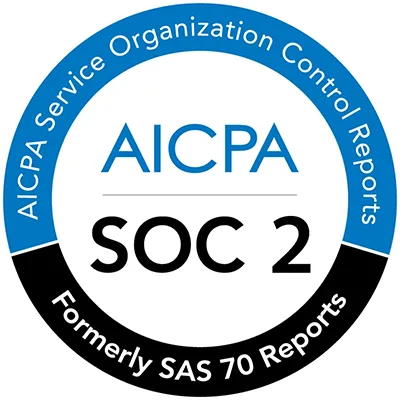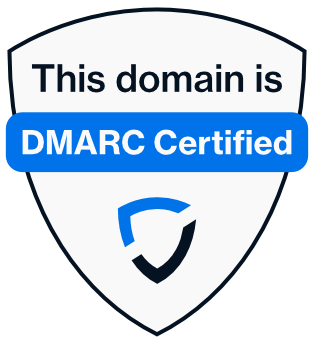Blog
Scroll
All blog articles

- 9 minutes read
Dangling DNS: Meaning, risks, & solutions
Learn what dangling DNS is, why it’s a hidden cyber risk, and how to prevent subdomain hijacking, spoofing, and brand abuse.

- 10 minutes read
DMARC protection via Sendmarc & Inter Engineering
Find out how Inter Engineering & Sendmarc partnered to help MSPs and VARs deliver DMARC protection, enhance email security, and unlock recurring revenue.

- 7 minutes read
Hiring top cybersecurity talent: strategies for success
Hire top cybersecurity talent in 2025. Learn strategies for impactful job descriptions, inclusive hiring, and talent retention.

- 9 minutes read
Sendmarc & Obscure Technologies partner to strengthen email security
Sendmarc and Obscure Technologies are proud to partner in a joint effort to strengthen email security and make the Internet a safer place for everyone.

- 8 minutes read
The growth of ransomware attacks: What your company should know
Explore the escalating threat of ransomware attacks and learn how to protect your company against them. Understand the risks, signs, and preventive measures.

- 9 minutes read
Cutting through the noise: The real regulatory landscape for DMARC
Explore the real impact of DMARC on regulatory compliance across global standards and learn about the actual requirements versus common misconceptions.

- 8 minutes read
Building DMARC partnerships through our people, platform, and promise
Discover Sendmarc’s commitment to creating strong partnerships built for success through our unique people, platform, and promise.

- 10 minutes read
Why DMARC has been gaining popularity with MSPs recently
Learn why Domain-based Message Authentication, Reporting, and Conformance (DMARC) is now a key cybersecurity solution for Managed Service Providers (MSPs).

- 9 minutes read
DMARC reporting: Enhancing visibility into email environments
Discover how DMARC reporting can enhance your visibility of your email environment. Explore our comprehensive guide to DMARC reporting with Sendmarc.

- 10 minutes read
Sendmarc and Ontinet partner to boost DMARC adoption rates in Spain
Explore how Sendmarc’s collaboration with Ontinet is transforming Spanish businesses’ cybersecurity through an advanced DMARC solution for MSPs.

- 8 minutes read
Exploring the Authenticated Received Chain (ARC) protocol
Learn how Authenticated Received Chain (ARC) works with DMARC, SPF, & DKIM to enhance email security, maintain integrity, and boost deliverability.

- 7 minutes read
BIMI: Understanding the technical aspects of the protocol
Discover the technical mechanisms behind the Brand Indicators for Message Identification (BIMI) email authentication protocol.

- 10 minutes read
MTA-STS: Elevating organizations’ email security strategies
Explore how Mail Transfer Agent Strict Transport Security (MTA-STS) works alongside other protocols to strengthen email security against cyberthreats.

- 8 minutes read
Navigating DMARC mandates: What MSPs & MSSPs should know
Discover essential insights on global DMARC mandates and how MSPs and MSSPs can enhance client trust, security, and compliance with the protocol.

- 8 minutes read
DomainKeys Identified Mail (DKIM) checker & more
Explore an easy DomainKeys Identified Mail (DKIM) checker and more of Sendmarc’s free tools. Learn how to check your DKIM implementation and published keys.

- 7 minutes read
BIMI: Increase brand trust & protection
BIMI adds a visual element to verify an email sender, increasing brand trust, protection, and visibility through email authentication.

- 6 minutes read
DMARC updates in the UK NCSC Mail Check platform
Find out what updates the UK NCSC is making to their Mail Check tool, including removing key features like DMARC aggregate reporting.

- 11 minutes read
Simplifying DomainKeys Identified Mail (DKIM)
DomainKeys Identified Mail (DKIM) doesn’t have to be difficult. Learn how to enhance email authenticity and protection with our DMARC management platform.



